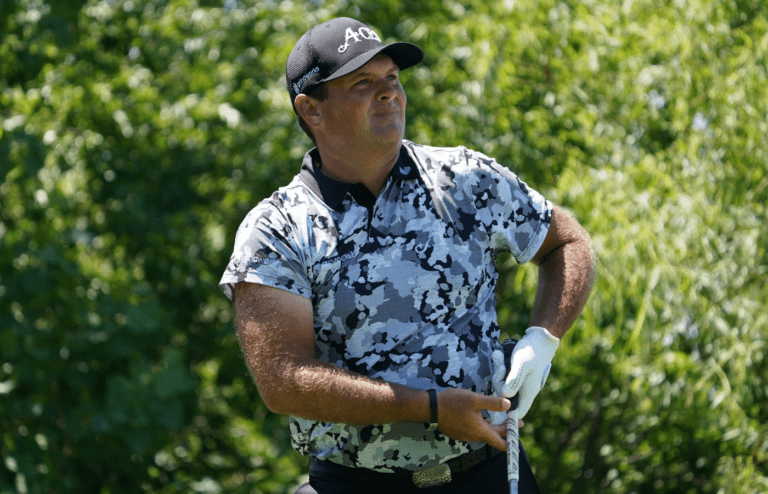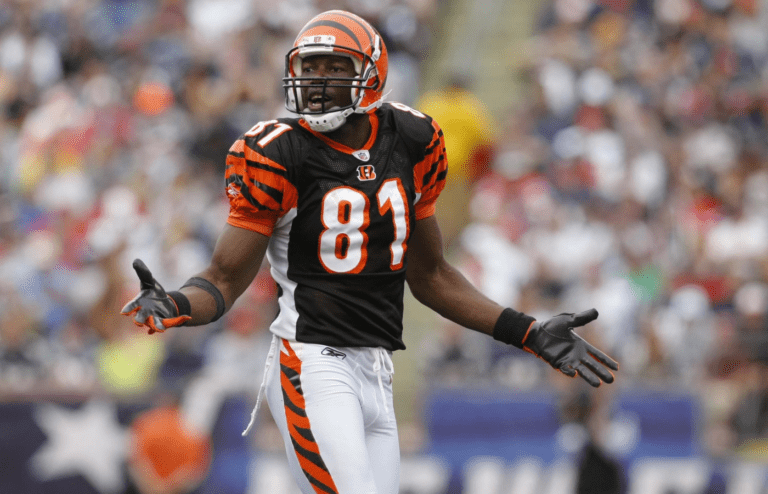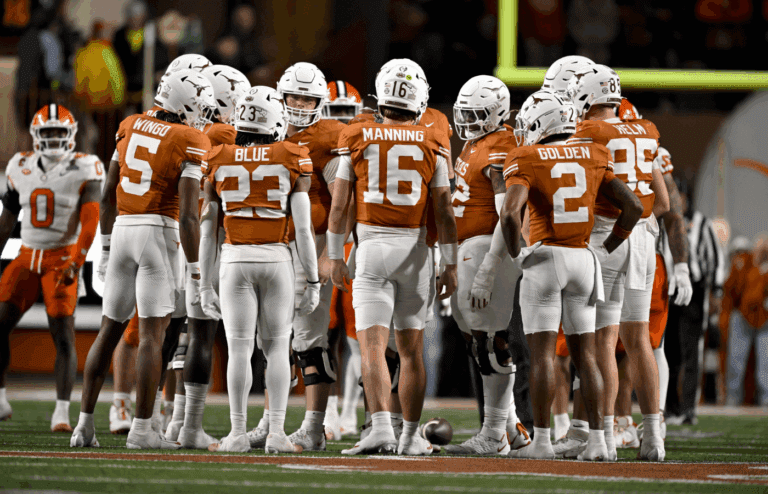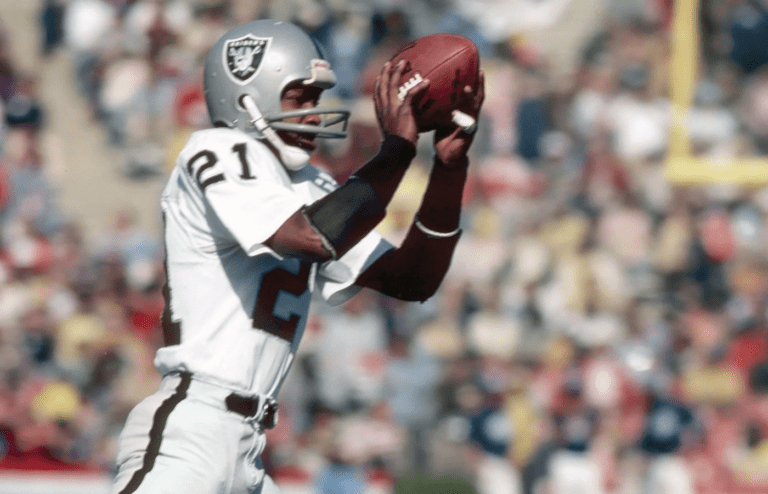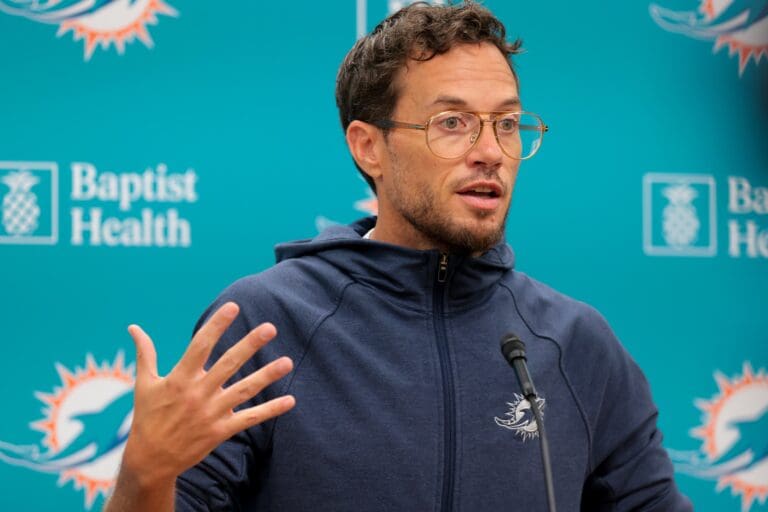Hollywood doesn’t have a perfect track record when it comes to casting (or even writing) characters thoughtfully. Whether it was casting white actors to play characters with different racial backgrounds or just creating protagonists who validate genuinely upsetting behavior, studios messed up when they made these ten characters.
Sokka and Katara

Jackson Rathbone and Nicola Peltz, respectively, play Sokka and Katara in the abysmal 2010 adaptation of Avatar: The Last Airbender. The live action remake of the beloved cartoon bizarrely cast two white actors to play Aang’s best friends, who were both depicted in the show as being from a culture that visually resembled the real-world Inuit people.
Long Duk Dong

Sixteen Candles is a beloved coming-of-age story. The 1984 movie also, unfortunately, contains an extremely absurd Asian caricature, a character egregiously named “Long Duk Dong” played by Gedde Watanabe. Calling this gag a product of its time isn’t even fair, as reviewers in the early 80s noted their discomfort with the character’s absurd portrayal. Watanabe has stated that, at the time, he didn’t realize he was being asked to portray a stereotype and was just happy to find work as an Asian actor in the 80s.
Ben Jabituya
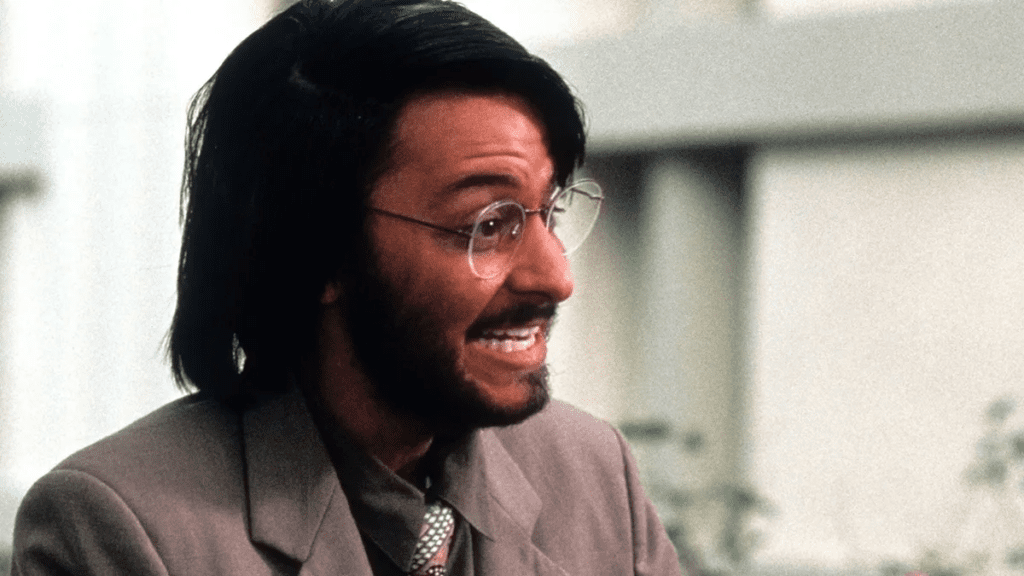
In the 1986 film Short Circuit Fisher Stevens plays a character named Ben Jabituya. Ben is supposed to be an Indian man, but Stevens is Caucasian. The character’s ethnic background is even played for laughs, as he states he’s from the United States despite an exaggerated Indian accent.
I.Y. Yunioshi

Breakfast at Tiffany’s has a notorious yellowface character, I.Y. Yunioshi, played by white actor Mickey Rooney. This character’s racist stereotyping of Japanese people is so egregious that the movie itself is used as shorthand for “racism against Asians” in the 1993 Bruce Lee biopic Dragon: The Bruce Lee Story.
Captain Allison Ng

You’d think racially insensitive casting would have been a thing of the past as recently as 2015, but you’d be wrong. In Aloha Emma Stone plays Captain Allison Ng, who the script tells us is ethnically Hawaiian, Chinese, and Caucasian. Stone has since stated she regretted taking the role due to the bizarre casting choice.
Mammy

Hattie McDaniel may have won an Academy Award for her role as “Mammy” in 1939’s Gone with the Wind, but it doesn’t really feel like a victory for Black people. “Mammy” is depicted as being happy and content with her enslavement. McDaniel herself bears no blame for this, as she was an actor looking for whatever role she could find in the 30s. However, Gone with the Wind started a disturbing trend of only casting Black people to play subservient characters in the first half of the 20th century.
John Milton
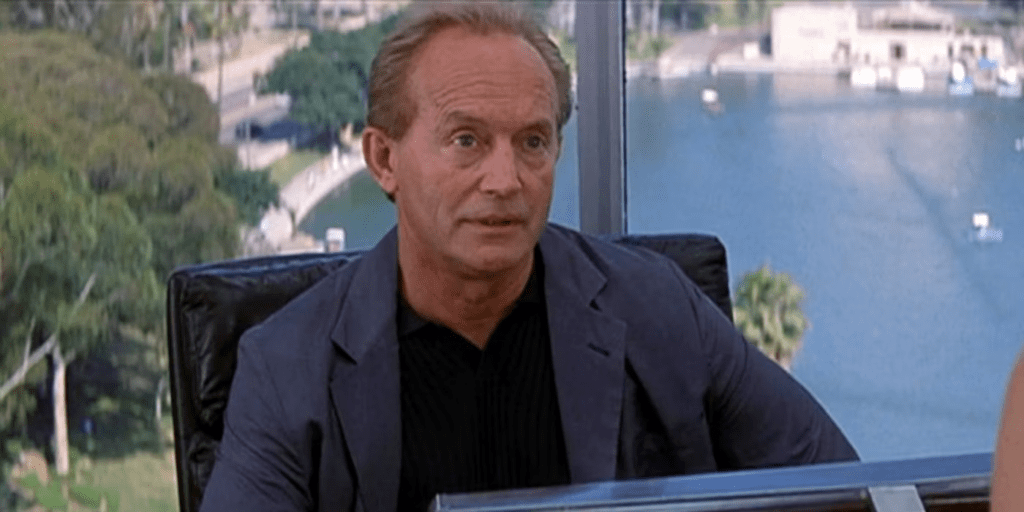
In the 2000 horror movie Scream 3, Lance Henrikson portrays a sleazy film producer named John Milton. Milton is complicit with unsavory acts, particularly those directed at female actors under his employ. The character’s eerie similarities to Harvey Weinstein—who produced the film—haven’t gone unnoticed, making Milton the kind of character we’re unlikely to see in any sequels or remakes.
Holden McNeil

Kevin Smith’s 1997 romance movie Chasing Amy stars Ben Stiller as Holden McNeil. Holden is pining after a lesbian woman named Alyssa and continually insists that she’ll want to be with him eventually. She protests and explains that she’s not interested in men, but Holden badgers her until she magically becomes attracted to him and they end up in a relationship. This reductive and unrealistic depiction of relationships wasn’t cute in the 90s and it reads as straight-up revolting now.
Read More: Lights, Camera, Confusion: The Weirdest Casting Choices in Film
Steve Stifler

Anyone who has seen the 1999 movie American Pie — or any of its many sequels and spin-offs — knows Seann William Scott’s repulsive protagonist Stifler. Without putting too fine a point on it, Stifler is a bad person who the films initially promoted as a worthy protagonist. His creepy, predatory behavior befits a villain, but the early movies in the franchise don’t portray him this way.
Read More: 10 Actors Who Asked for Their Characters to Be Killed Off
Lewis Skolnick

Revenge of the Nerds was once considered a beloved 80s comedy, but modern-day reevaluations have come away feeling much more disgusted with the movie’s misogynistic worldview. In a particularly maligned scene, protagonist Lewis pretends to be a popular jock, Stan, and deceives Stan’s girlfriend into an intimate encounter. This assault is played for laughs but when viewed today is a particularly egregious sign that Lewis is a terrible person.
Read More: 10 Terrible Movies That Had Amazing Casts

